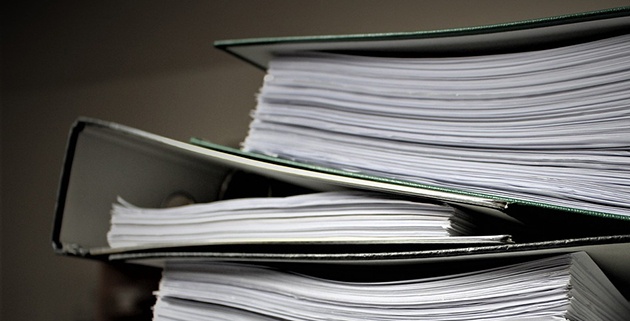Do you break into a cold sweat at the thought of reading a safety data sheet? Relax – we’ll sort out which chapters you shouldn’t miss.
A safety data sheet must contain 16 sections, and of course they are all important, but most sections are addressed to chemical managers and experts. As a user, it is particularly sections 2, 7 and 8 that you should read.
Safety data sheet - Section for Section
- Identification. Name of substance / mixture and company / undertaking
- Hazard(s) Identification - VERY IMPORTANT
It describes how the product could be dangerous and what precautions should be taken. It also recognize the product's classification and labeling information. By reading this section, you can get a basic idea of how you can protect yourself.
- Composition / Information on Ingredients
This section can be interesting to glance through if you know that you are sensitive to a particular chemical. Otherwise, this chapter is mostly for chemical managers and experts.
- First-Aid Measures
- Fire-Fighting Measures
- Accidental Release Measures
- Handling and Storage - VERY IMPORTANT
It gives advice on how the product should be handled and stored. It is not unusual that the descriptions here are very general. It is therefore appropriate to consult the supplier about how it should be adapted to your particular workplace.
- Exposure Controls / Personal Protection - VERY IMPORTANT
This chapter is mainly about:
- Limits for components.
- If the workplace is designed according to the recommendations of engineering controls such as ventilation.
- Personal protective equipment
- Physical and Chemical Properties
- Stability and Reactivity
- Toxicological Information
- Ecological Information
- Disposal Considerations
- Transport Information
- Regulatory Information
- Other Information
Turn to the person in charge of chemicals in your workplace if you are unsure about the quality of your safety equipment, limits for your workplace or if the technical control measures are adequate.
We have developed a checklist where you can clearly see what works well in your workplace - and where there are gaps that must be addressed. (CS)



Comment